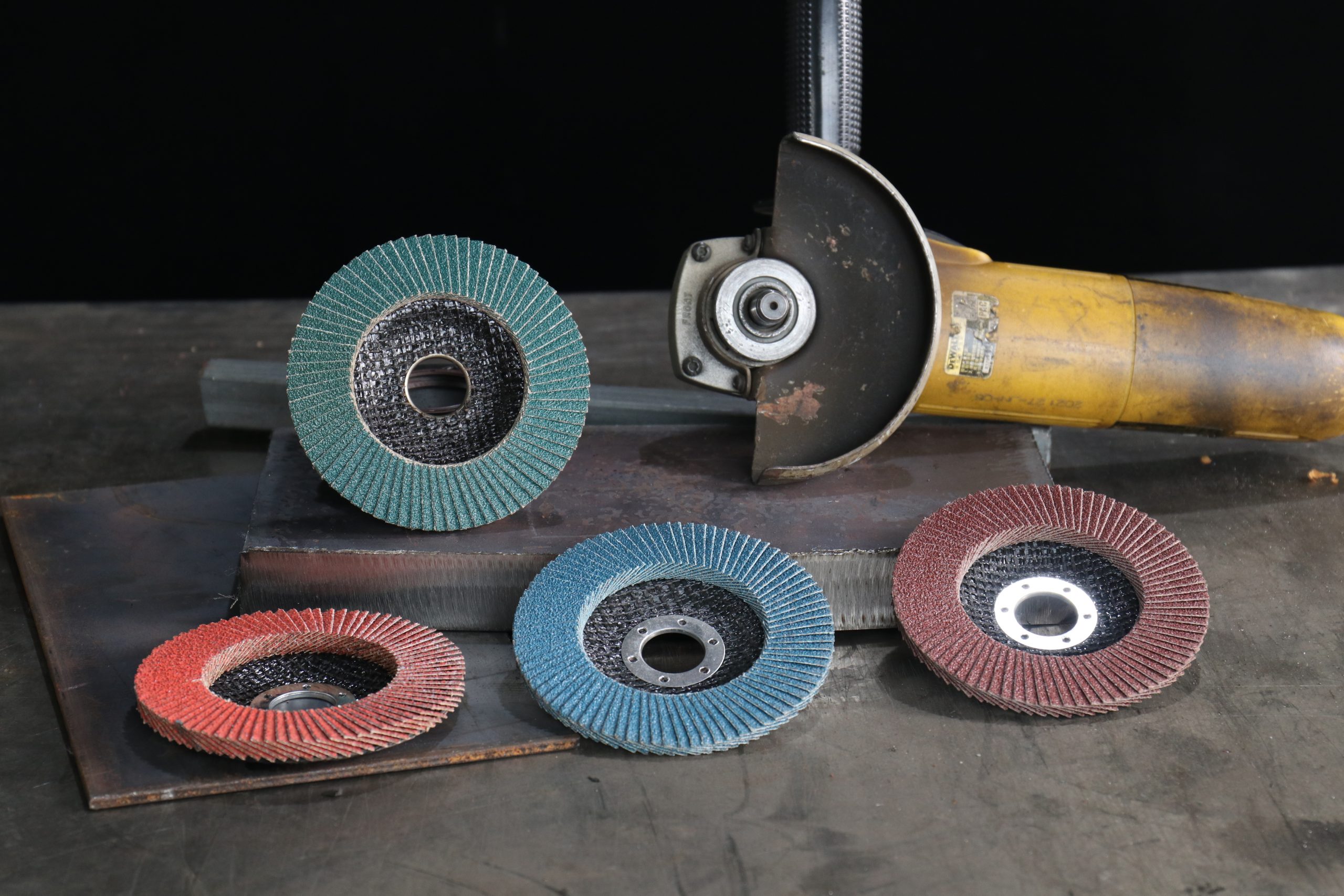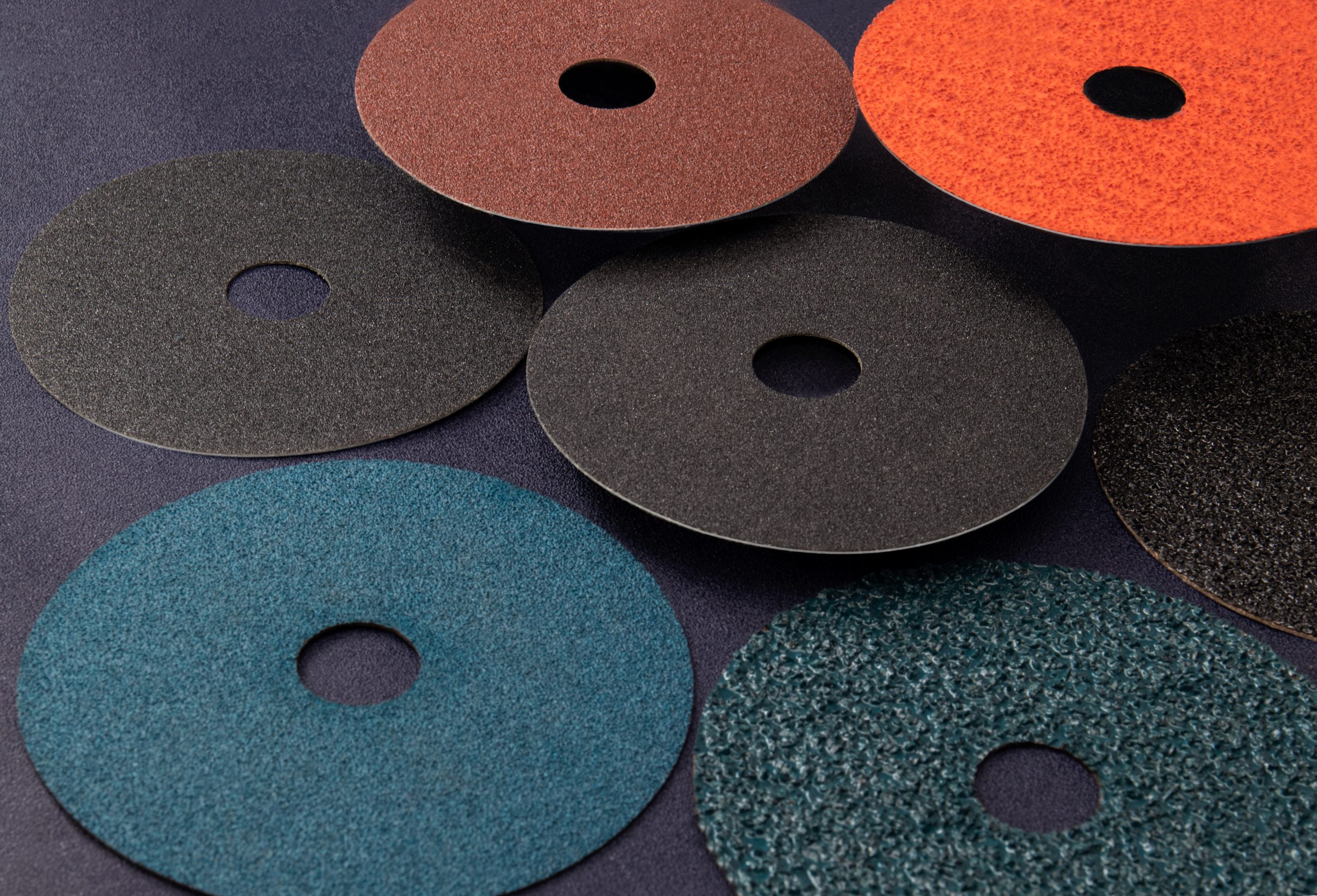In the realm of abrasives, the choice between flap discs and fibre discs is a critical decision that can significantly impact the efficiency and quality of various tasks, from metalworking to woodworking. Both flap discs and fibre discs have distinct characteristics and applications, making it essential to understand their differences to select the most suitable option for specific needs. In this comprehensive exploration, we will delve into the intricate details of flap discs and fibre discs, examining their features, advantages, applications, and considerations to guide you towards an informed decision.
Understanding Flap Discs:
Flap discs represent a versatile class of abrasive tools composed of overlapping abrasive flaps attached radially to a central hub. These flaps are typically crafted from abrasive cloth or paper and coated with abrasive grains such as aluminum oxide, zirconia alumina, or ceramic. Flap discs come in various configurations, encompassing different flap densities, sizes, and abrasive grain types to accommodate diverse applications.
Advantages of Flap Discs:
- Versatility: Flap discs are celebrated for their versatility, seamlessly transitioning between deburring, grinding, blending, and finishing tasks across a wide spectrum of materials.
- Longevity: The ingenious design of flap discs, featuring overlapping flaps, ensures uniform abrasion distribution, resulting in prolonged operational lifespan compared to alternative abrasive tools.
- Surface Finish: Flap discs deliver a superior surface finish characterized by smoothness and uniformity, making them indispensable in applications where impeccable surface quality is paramount.
- Heat Dissipation: The unique design of flap discs facilitates efficient heat dissipation, minimizing the risk of workpiece distortion or damage due to excessive heat accumulation during prolonged use.
Applications of Flap Discs:
- Grinding and shaping metal surfaces with precision and efficiency
- Removing weld splatter, burrs, and imperfections
- Achieving seamless surface blending and finishing
- Conducting light stock removal tasks with finesse
- Stripping rust, paint, and coatings from various surfaces
Understanding Fibre Discs:
Fibre discs, alternatively known as fiber discs, are abrasive tools comprising a reinforced resin-bonded fibre backing adorned with abrasive grains. Diverging from flap discs, fibre discs eschew overlapping flaps, presenting a flat surface conducive to aggressive grinding and finishing operations.
Advantages of Fibre Discs:
- Aggressive Stock Removal:Fibre discs excel in rapid stock removal, leveraging their robust design to swiftly eliminate material, making them indispensable in applications prioritizing efficiency.
- Rigidity:The flat design of fibre discs imparts enhanced rigidity and stability during grinding, enabling precise and controlled material removal, particularly crucial in intricate tasks.
- Accessibility: Fibre discs offer unparalleled accessibility, boasting a vast array of sizes and configurations to cater to various angle grinders and sanding machines, ensuring compatibility and adaptability.
- Cost-effectiveness: With their propensity for affordability, fibre discs emerge as a cost-effective solution for bulk grinding and finishing tasks, delivering exceptional performance without incurring exorbitant expenses.
Applications of Fibre Discs:
- Conducting heavy-duty metal grindingand stock removal operations with efficiency and precision
- Facilitating weld blending and seam cleanup tasks to achieve seamless results
- Preparing surfaces for subsequent painting or coating applications with meticulous surface conditioning
- Executing edge chamfering and beveling activities with accuracy and consistency
- Eliminating scale, rust, and corrosion from metal surfaces to restore pristine conditions
Choosing Between Flap Discs and Fibre Discs:
The decision-making process between flap discs and fibre discs necessitates careful consideration of various factors:
- Application Specifics:Thoroughly assess the intricacies of the intended application, including material composition, desired surface finish quality, and mandated stock removal rate, to ascertain the most suitable abrasive tool.
- Surface Topography: Evaluate the topography of the workpiece surface, discerning whether contoured or flat surfaces predominate, as flap discs excel on contoured surfaces while fibre discs are optimal for flat planes.
- Operator Preferences: Acknowledge the subjective preferences and experiences of operators, some of whom may exhibit a proclivity towards either flap discs or fibre discs based on familiarity or past performance.
- Cost Considerations:Undertake a comprehensive cost-benefit analysis, weighing factors such as initial purchase price, durability, and overall performance metrics of flap discs and fibre discs to make an economically prudent choice.
Conclusion:
In conclusion, the dichotomy between flap discs and fibre discs underscores the pivotal role of abrasive selection in determining operational efficacy and outcomes. While flap discs epitomize versatility, longevity, and surface finesse, fibre discs boast unparalleled stock removal prowess, rigidity, and cost-effectiveness. By meticulously evaluating the specific requirements of your application and juxtaposing the salient attributes of each abrasive type, you can navigate the myriad options with confidence, selecting the optimal tool to achieve your objectives. Whether your endeavors culminate in the adoption of flap discs or fibre discs, an unwavering commitment to quality abrasives underpins enhanced performance, heightened productivity, and the attainment of project success.


